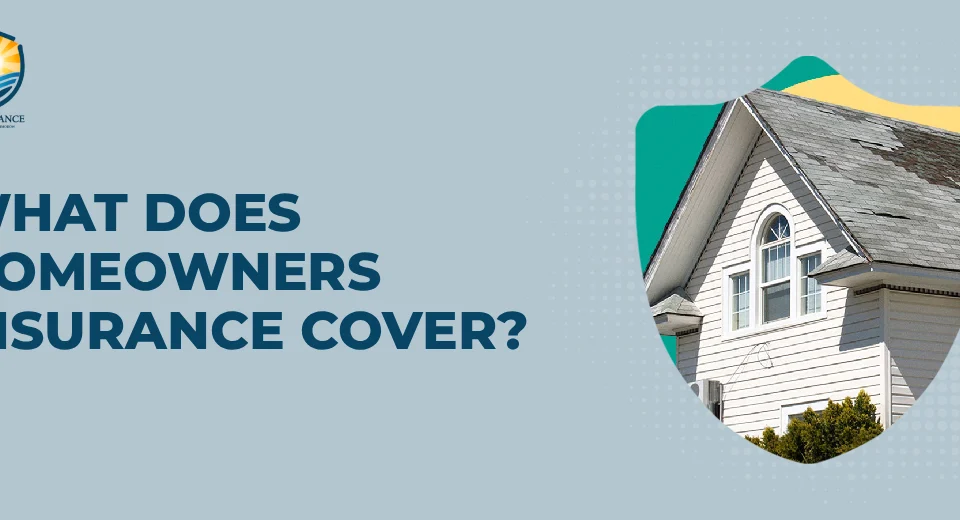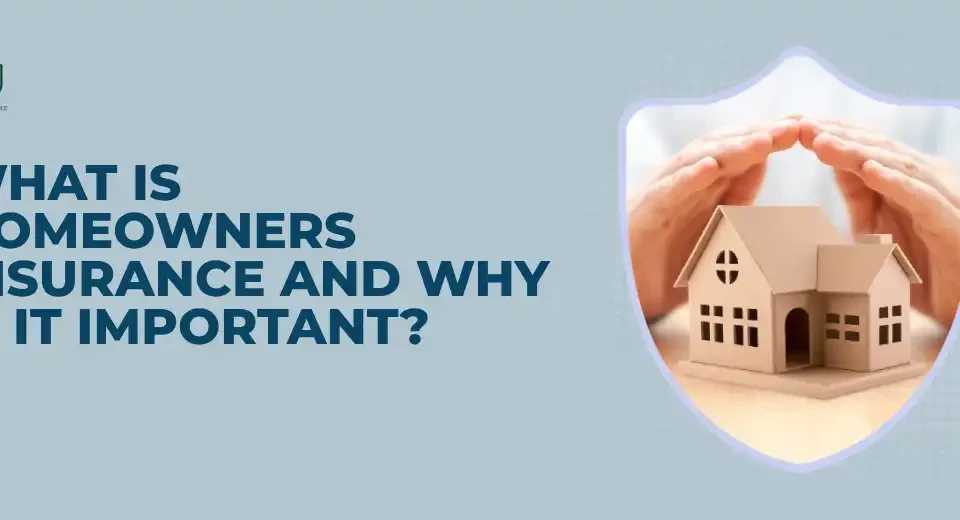Different Types of Home Insurance Policies (2025 Guide)

What Is Homeowners Insurance and Why Is It Important?
April 21, 2025
Car Insurance for Young Drivers: Everything You Need to Know
May 1, 2025Home insurance is a type of coverage that protects your home and belongings against unexpected events like fire, theft, or natural disasters. It can also cover liability if someone gets injured on your property.
Different homes come with different risks, whether they’re city apartments, suburban houses, or rural cottages. That’s why insurance providers offer various policy types tailored to specific property types and potential hazards.
In this guide, I’ll walk you through the main types of home insurance, how to choose the right one, and what key factors to consider when comparing policies.
HO-1 to HO-8 Explained (Policy-by-Policy Breakdown)
Here’s a quick breakdown of each HO policy type, so you can easily see which one fits your needs

HO-1 – Basic Form
Very limited perils (fire, theft, lightning, etc.). Typically, no longer offered in many states
Best for: Budget-conscious homeowners in low-risk areas
HO-2 – Broad Form
Covers more perils than HO-1 (e.g, falling objects, freezing, weight of snow). Still a “named peril” policy
Best for: Basic coverage with better protection than HO-1
HO-3 – Special Form (Most Common)
Open-peril policy for structure, named-peril for belongings. Covers most natural disasters and accidental losses
Best for: Most homeowners
HO-4 – Renters Insurance
Covers personal property and liability, not the dwelling. Optional ALE (Additional Living Expenses)
Best for: Tenants and renters
HO-5 – Comprehensive Form
Open peril for both dwelling and contents. Higher coverage limits often include valuable items
Best for: High-value homes and belongings
HO-6 – Condo Insurance
Covers interior walls, fixtures, and personal property. Works with the condo association's master policy
Best for: Condominium unit owners
HO-7 – Mobile Home Insurance
Designed for mobile/manufactured homes. Similar in coverage to HO-3 but tailored to mobile structures
Best for: Mobile and manufactured homeowners
HO-8 – Modified Coverage Form
For older or historic homes with non-standard construction. Covers repair costs instead of full replacement
Best for: Older homes that don’t meet current rebuild standards
Comparison Table: Home Insurance Policy Types
ow that you understand each HO policy type, let’s compare them side by side to see how their coverage and use cases differ
|
Policy |
Dwelling Coverage |
Belongings |
Liability |
Open or Named Peril |
Best For |
|
HO-1 |
Yes |
Limited |
Yes |
Named |
Low-risk, rare usage |
|
HO-2 |
Yes |
Yes |
Yes |
Named |
Budget-conscious homeowners |
|
HO-3 |
Yes |
Yes |
Yes |
Open (dwelling), Named (belongings) |
Most common homeowners |
|
HO-4 |
No (landlord covers) |
Yes |
Yes |
Named |
Renters |
|
HO-5 |
Yes |
Yes |
Yes |
Open |
High-value homes |
|
HO-6 |
Interior only |
Yes |
Yes |
Named |
Condo owners |
|
HO-7 |
Yes (mobile structure) |
Yes |
Yes |
Typically Named or Hybrid |
Mobile/manufactured homes |
|
HO-8 |
Yes |
Yes |
Yes |
Named |
Historic or older homes |
How to Choose the Right Policy for Your Situation
Now that you’ve seen the comparison, let’s break down how to pick the right policy for your home and lifestyle.

- Think about your home type: Do you own a house, live in a condo, rent, or have a mobile home? Each needs different coverage.
- Look at what you own: If you have valuable stuff, you’ll want stronger protection for your belongings.
- Check local risks: Live in an area prone to floods or wildfires? Make sure your policy covers those.
- Match coverage to your needs: See if the policy covers the things you care about—some are more basic, others more complete.
- Ask for help if needed: Still unsure? A quick chat with an insurance expert can save you time and money.
What’s Not Covered by Most Policies?
Even the best home insurance policies have limits, so it’s important to know what’s usually not included.

- Most standard policies don’t cover floods, earthquakes, pest damage, or issues caused by neglect or wear and tear. These are considered high-risk or preventable and usually need separate coverage.
- You can often add protection through endorsements or buy separate policies, like flood insurance or earthquake coverage, depending on your location and needs.
- Always read the fine print so you’re not caught off guard. Knowing what’s excluded helps you fill in the gaps before disaster strikes.
Frequently Asked Questions
What are the three main types of homeowners insurance?
The most common types are HO-1 (Basic), HO-2 (Broad), and HO-3 (Special), with HO-3 being the most widely used today.
What is the difference between HO-3, HO-5, and HO-6?
HO-3 is for most homeowners, HO-5 offers broader open-peril coverage, and HO-6 is designed specifically for condo owners.
What is the most common home insurance policy?
The HO-3 (Special Form) is the most common, offering a balance of affordability and broad protection.
What type of home insurance is best?
It depends on your needs—HO-5 is best for high-value homes, while HO-3 suits most standard homeowners.
What is a basic home insurance policy?
HO-1 is the most basic form, covering a limited list of named perils, though it's rarely offered today.
What is the 80% rule in homeowners insurance?
It means your home should be insured for at least 80% of its replacement cost to receive full coverage on partial losses.
Conclusion
Choosing the right home insurance means balancing your property type, coverage needs, and risks, not just your budget. Compare policies carefully and review your coverage regularly to stay protected.
Ready to protect your home with the right policy? Click Get Quote in the menu to compare plans and find your best fit today.




